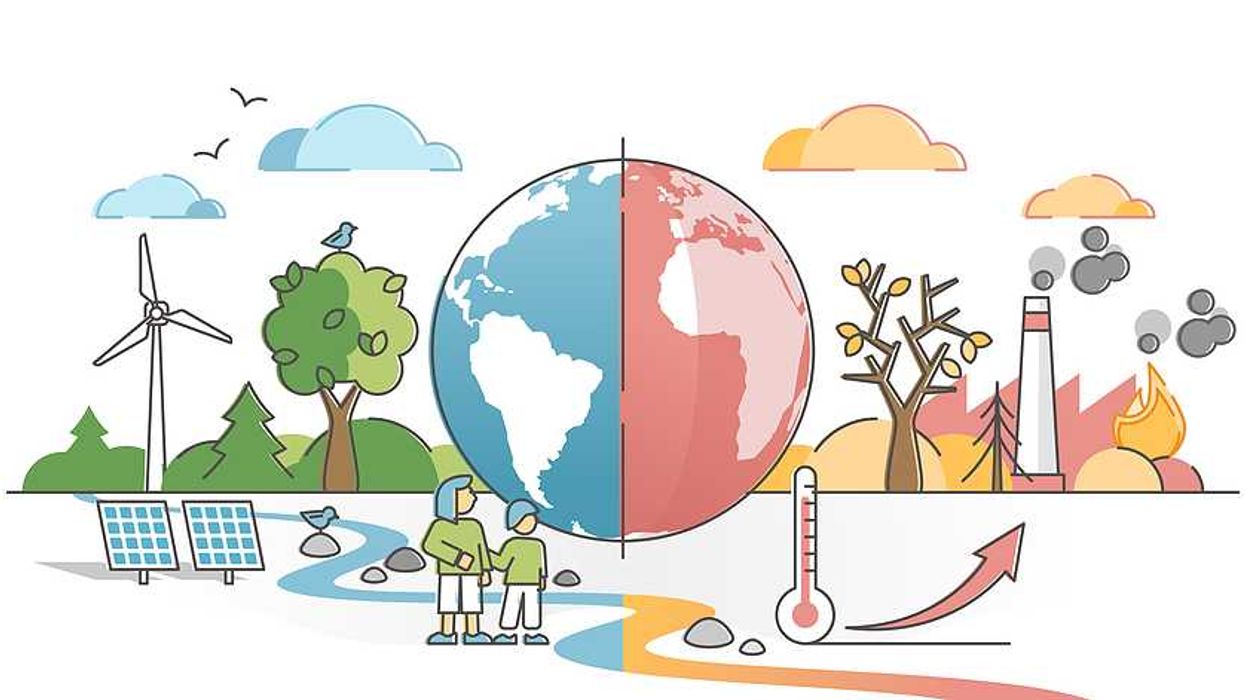Scientists are learning that heat waves can supercharge or suppress infectious diseases depending on when, where, and how they hit.
Liza Gross reports for Inside Climate News.
In short:
- A new study from Trinity College Dublin shows that heat waves can dramatically change how parasites behave, depending on temperature timing, duration, and severity.
- The findings highlight how climate-driven temperature swings could reshape disease dynamics across ecosystems — and potentially in people.
- U.S. cuts to research into infectious disease and climate change threaten the ability to respond effectively.
Key quote:
“We’re taking two hits. They’re backing off on climate science funding and they’re selectively targeting infectious disease funding and pandemic preparedness.”
— Peter Hotez, National School of Tropical Medicine at Baylor College of Medicine
Why this matters:
Scientists are uncovering the unpredictable ways climate change — and specifically heat waves — can alter disease dynamics. These shifts can influence not only the severity and spread of infectious diseases but also their geographic range, potentially bringing once-rare tropical illnesses to temperate zones, including parts of the United States and Europe.
The research shows that there is no one-size-fits-all outcome: The effects of heat waves on disease vary depending on multiple factors like timing and baseline temperature. This complexity poses major challenges for forecasting and controlling outbreaks, especially in a world where both the environment and pathogens are changing rapidly. Political decisions — like the Trump administration’s cuts to infectious disease and climate research — have weakened the very scientific infrastructure needed to respond.
Read more:














